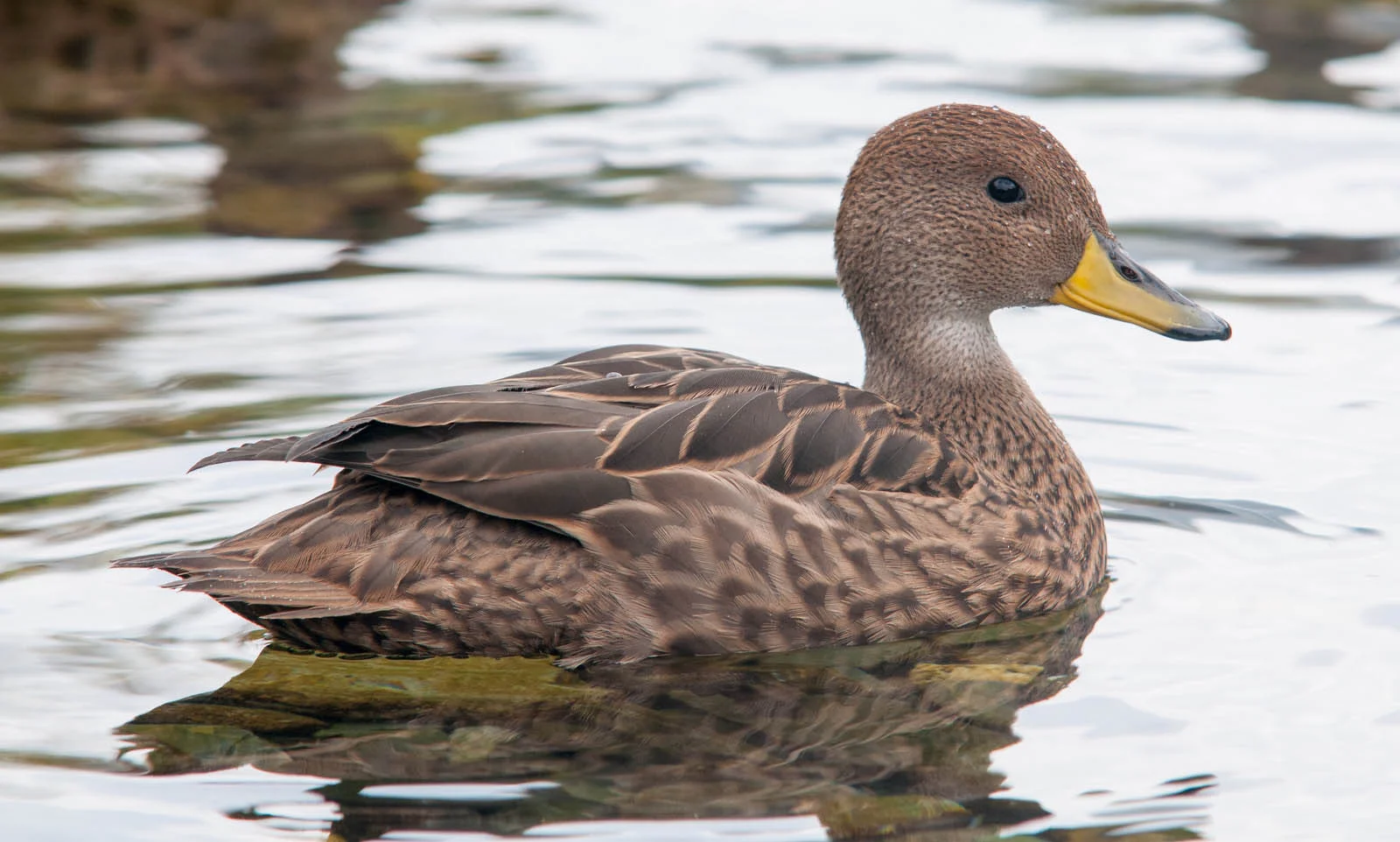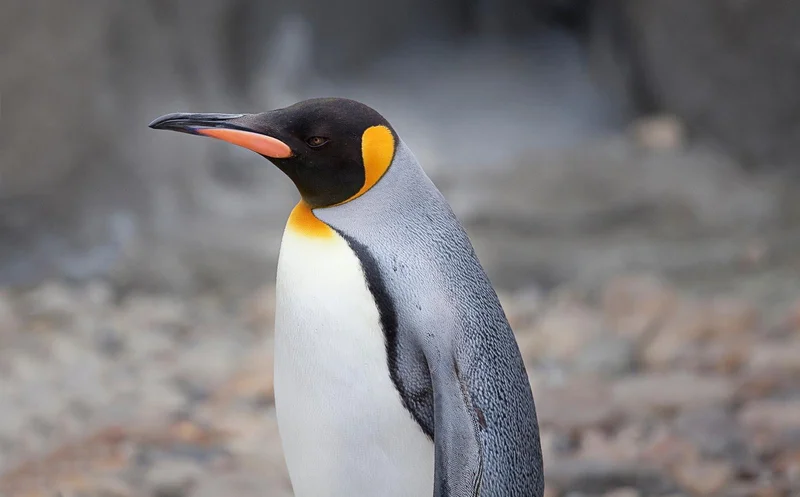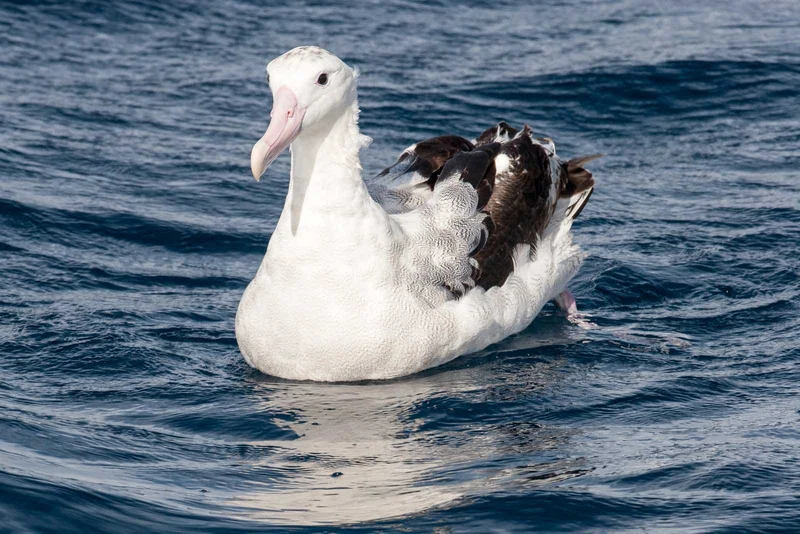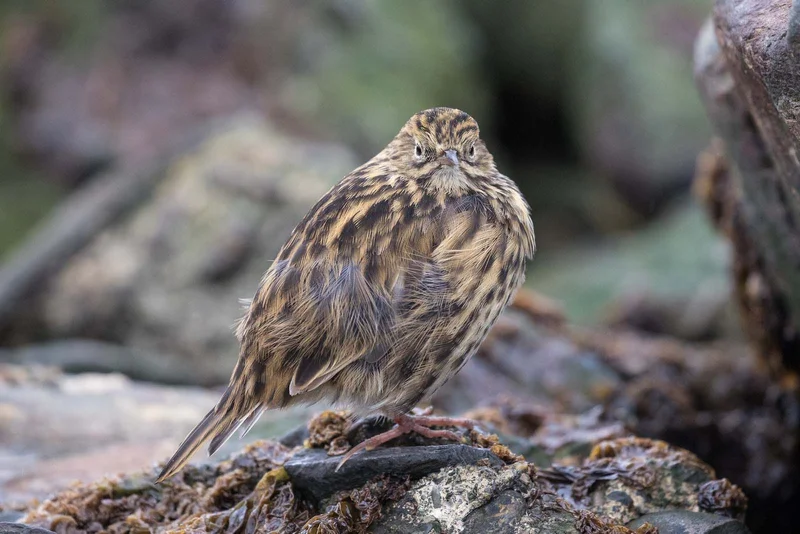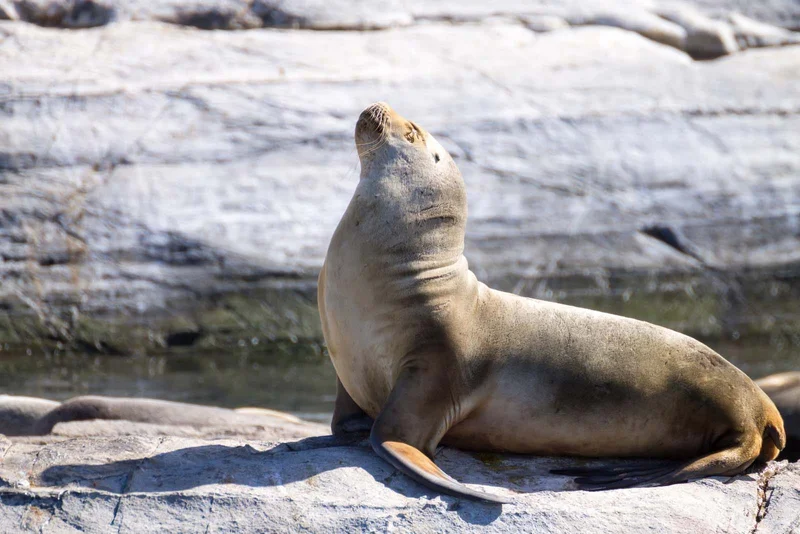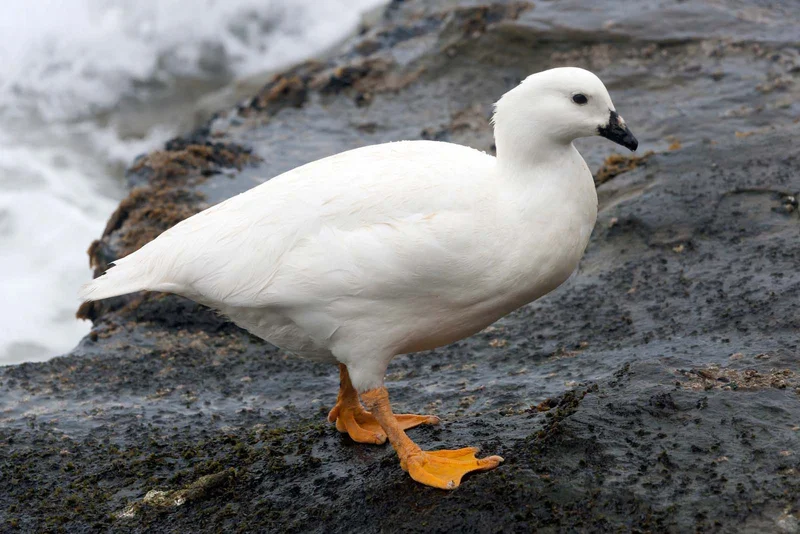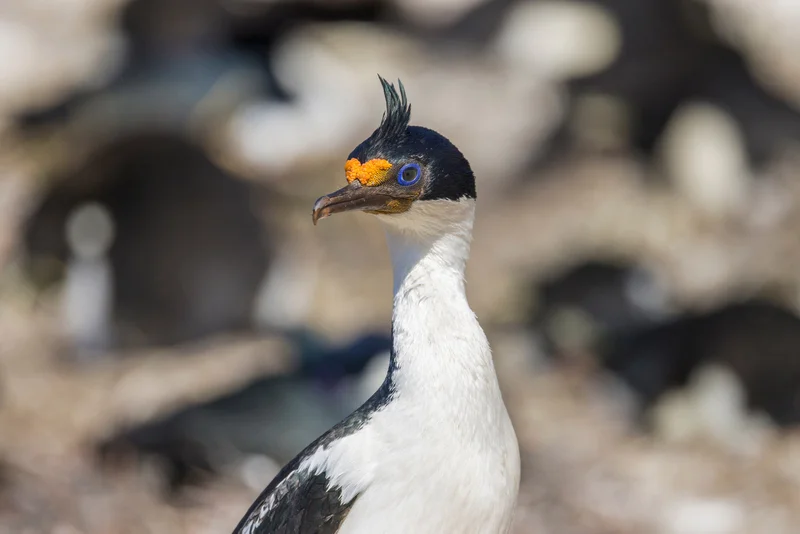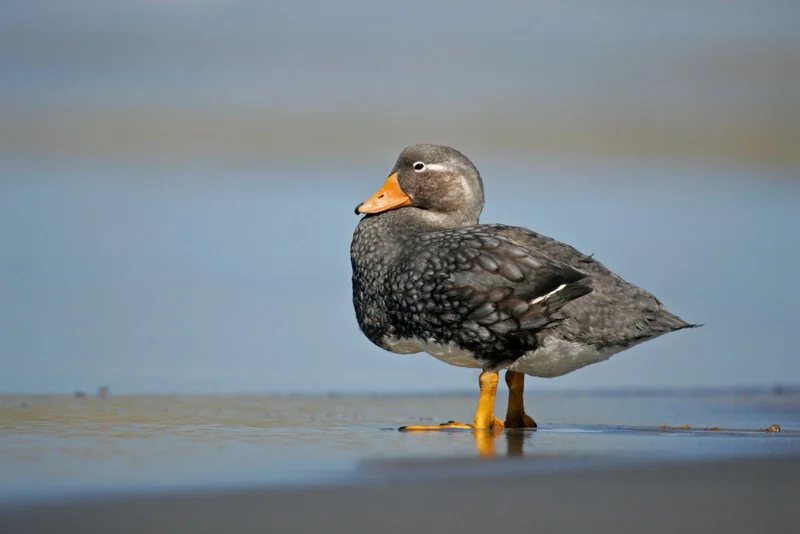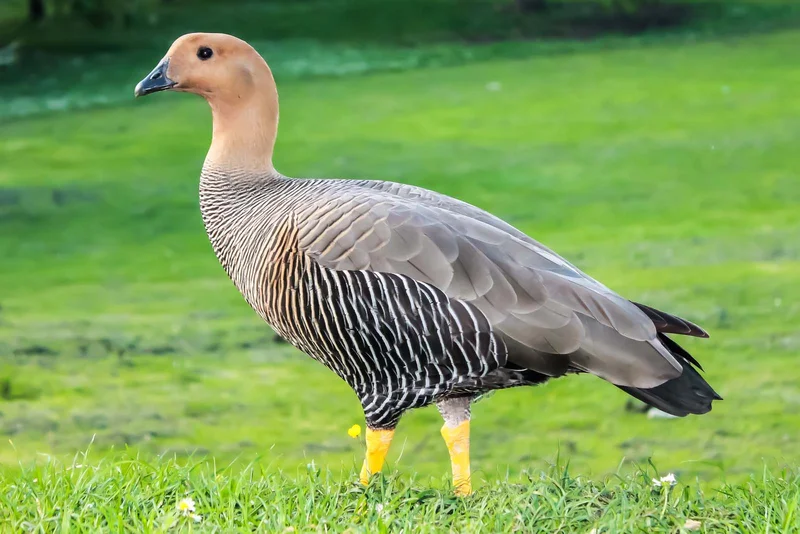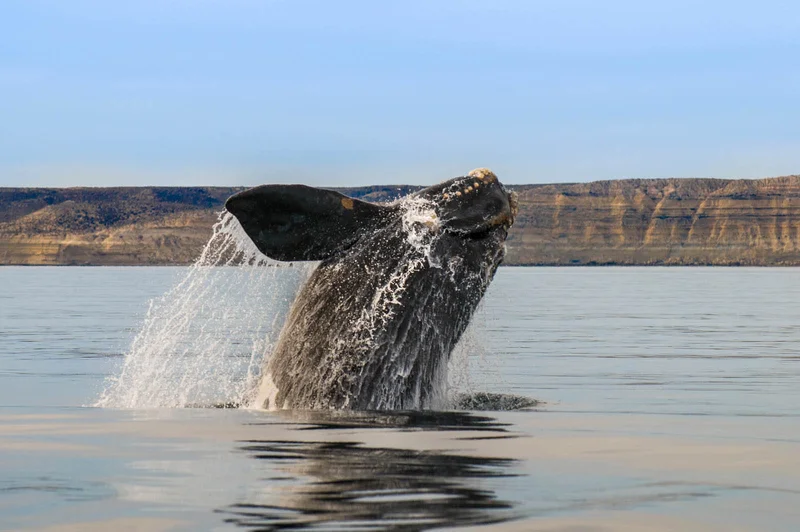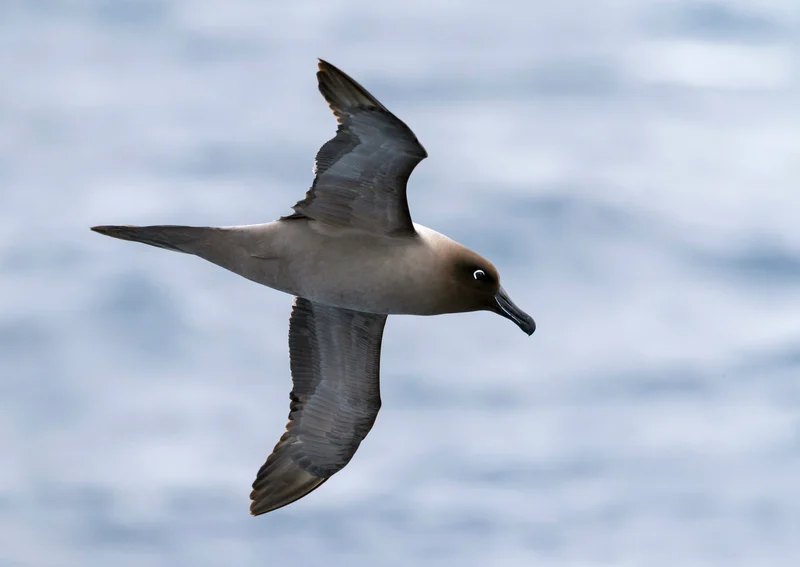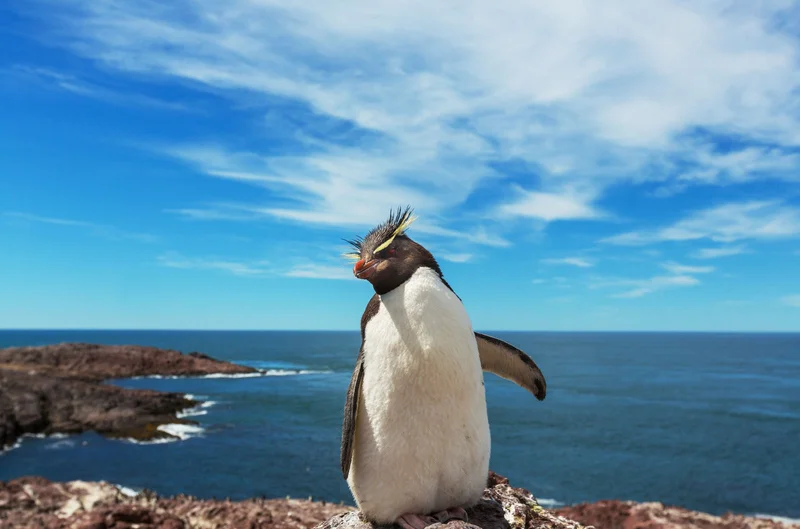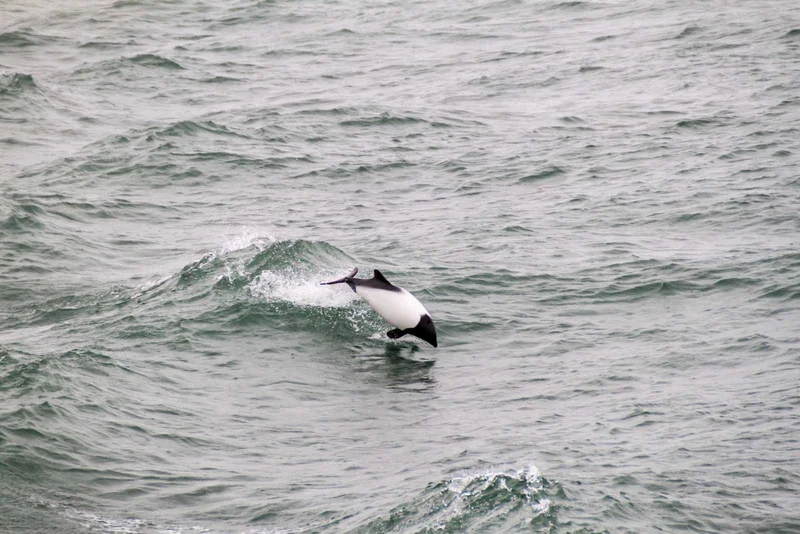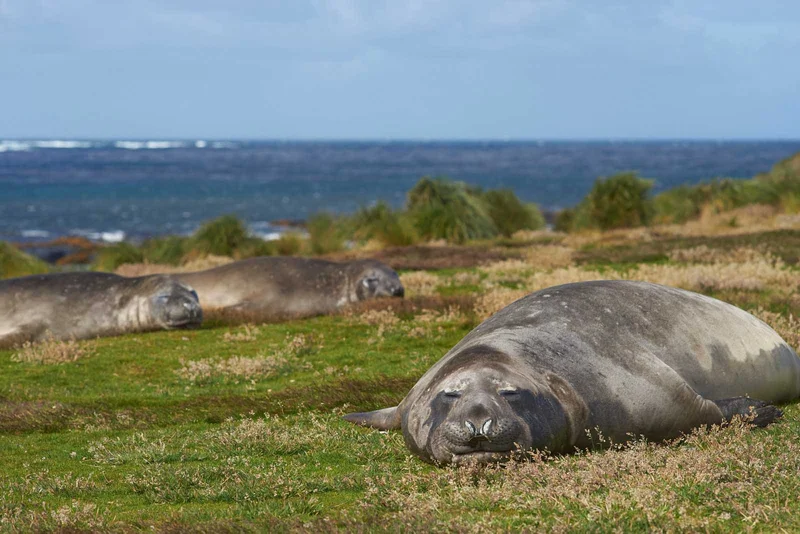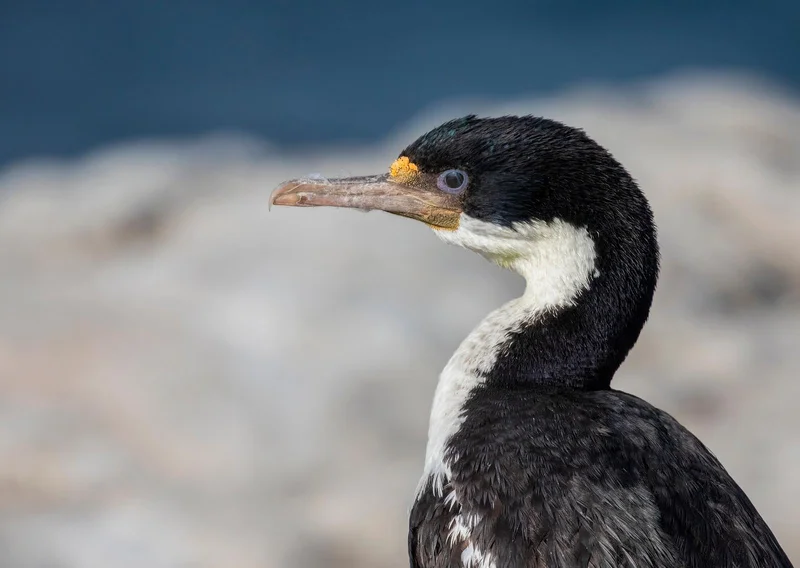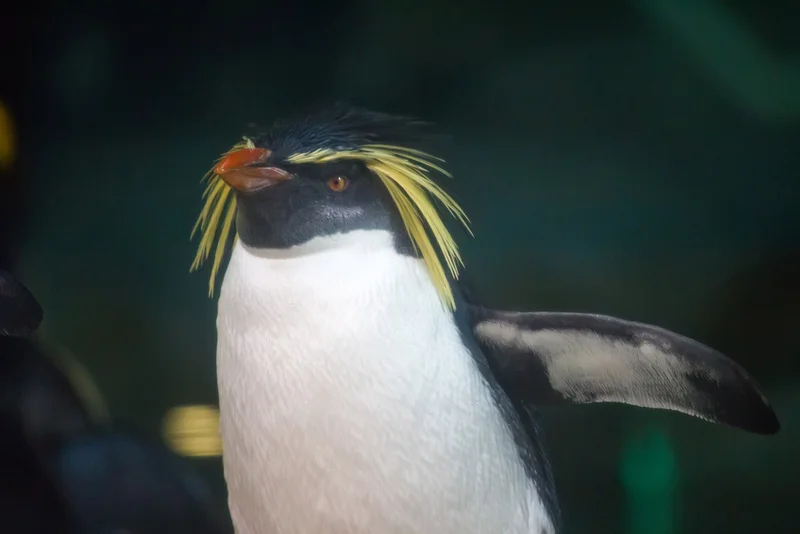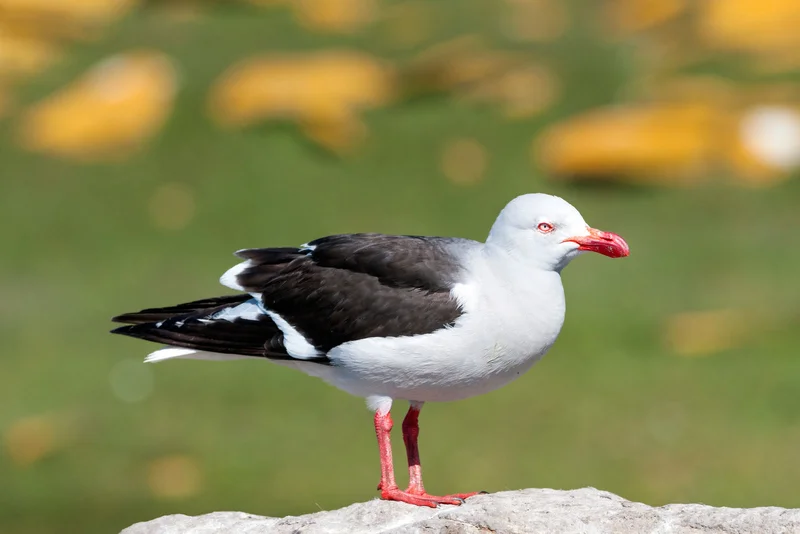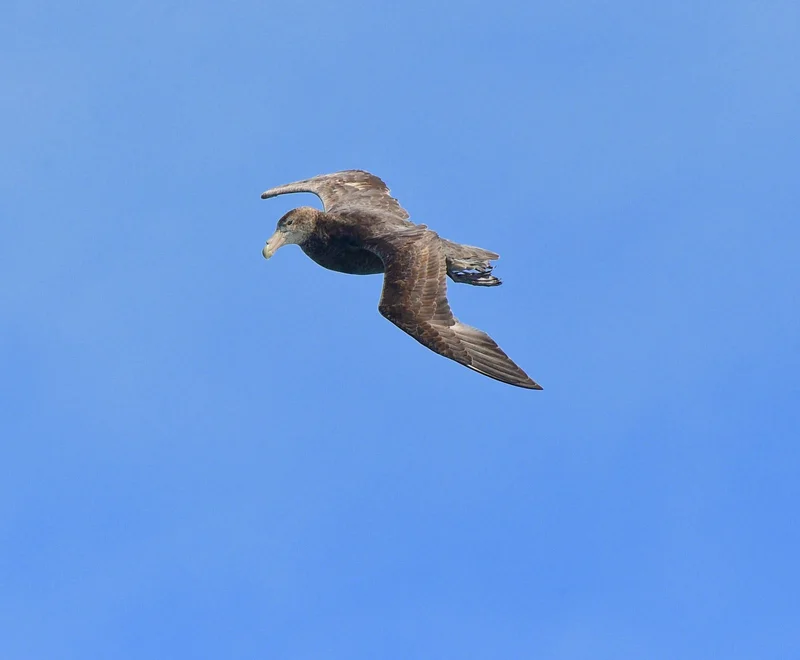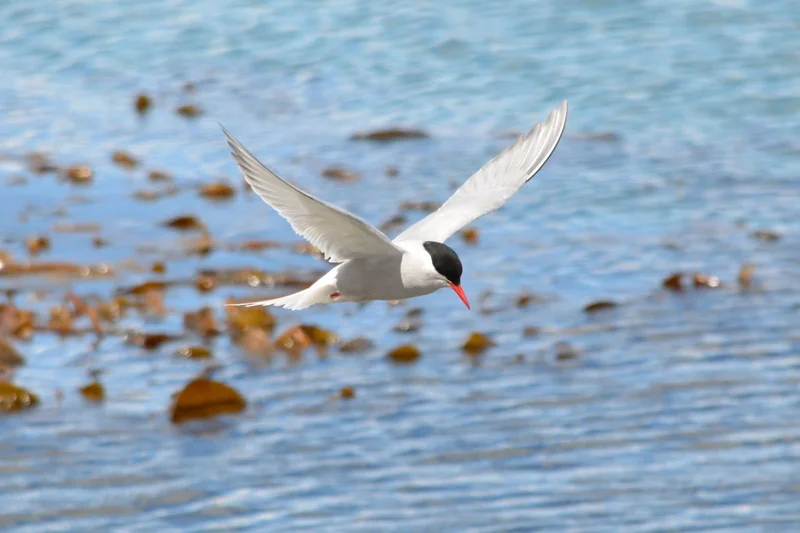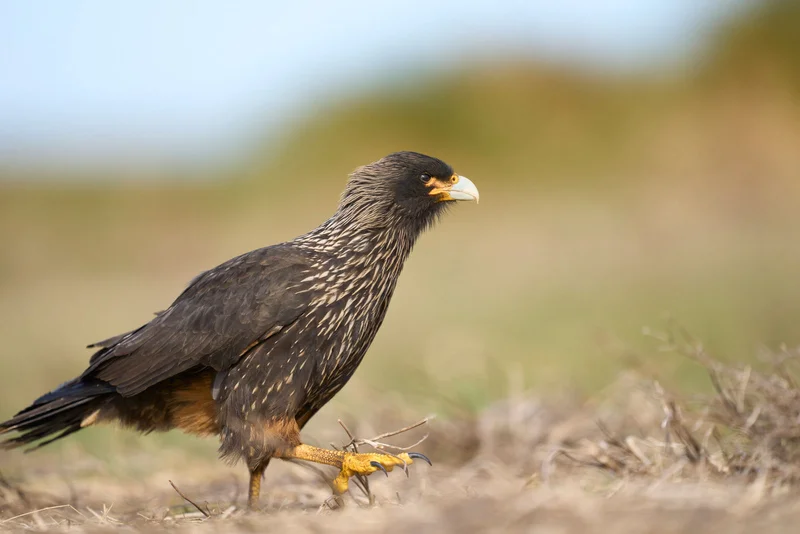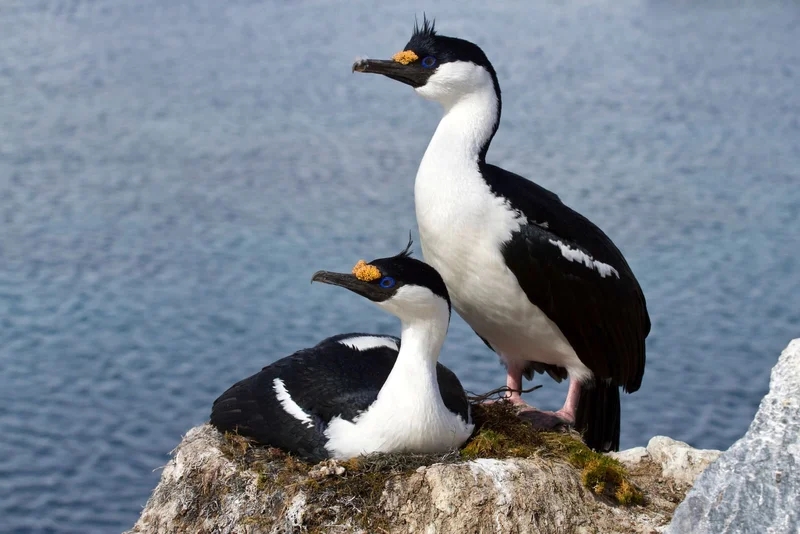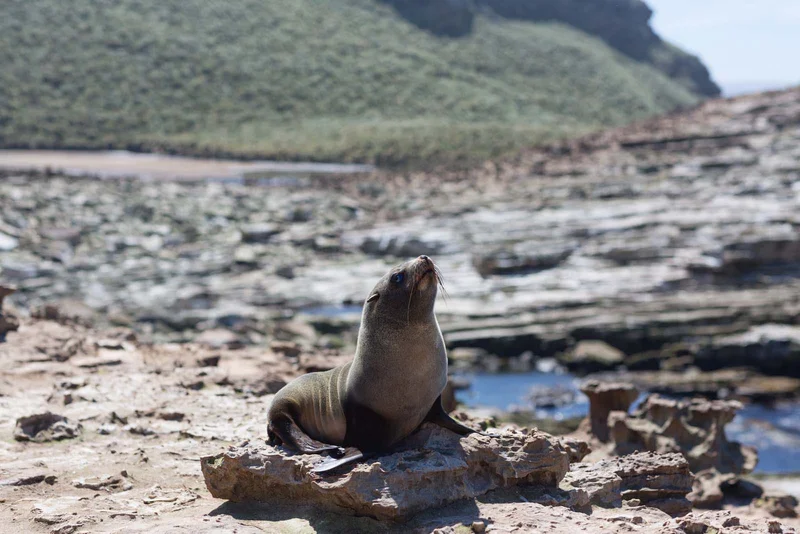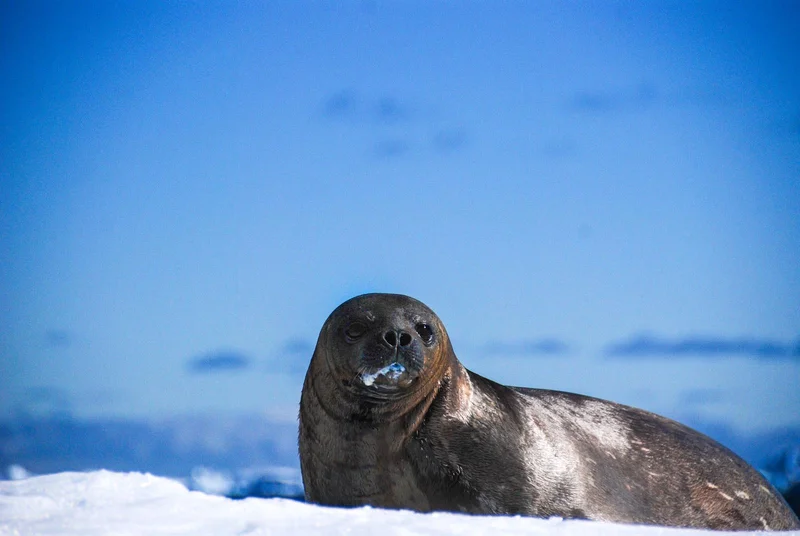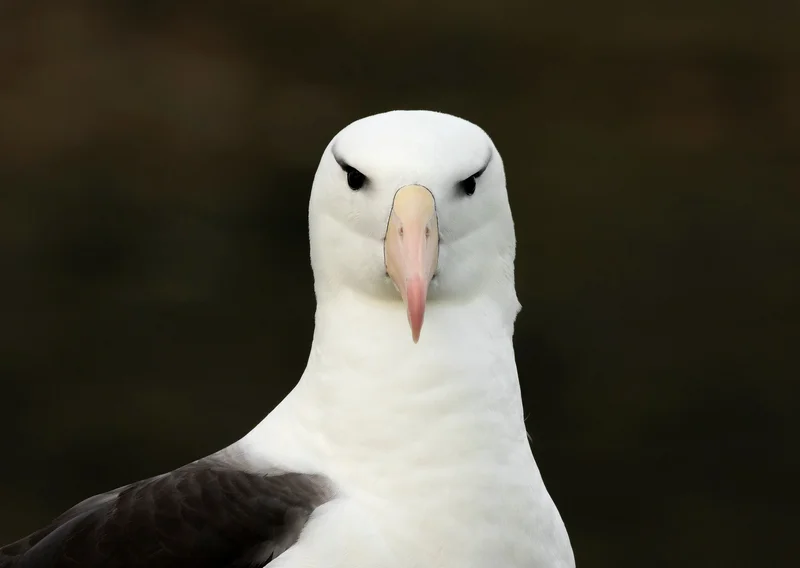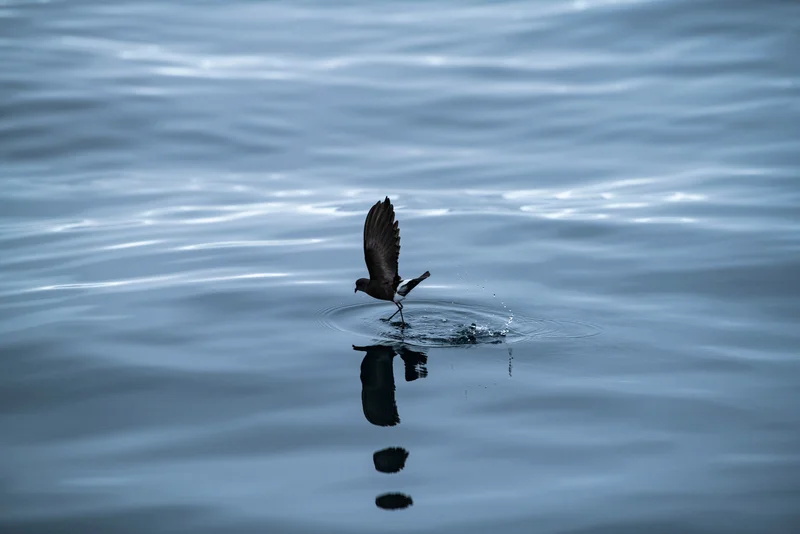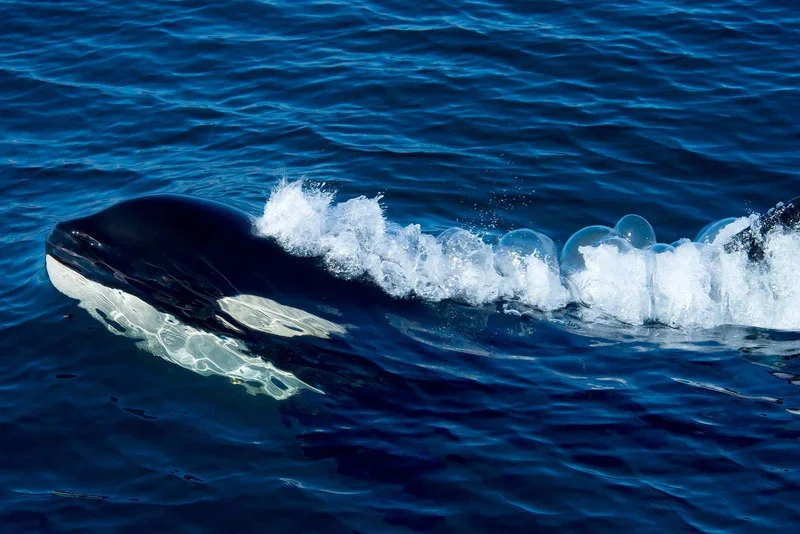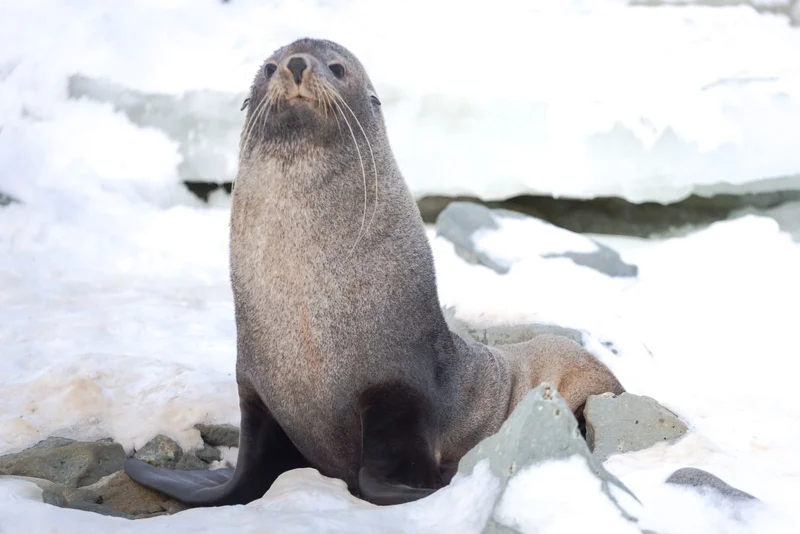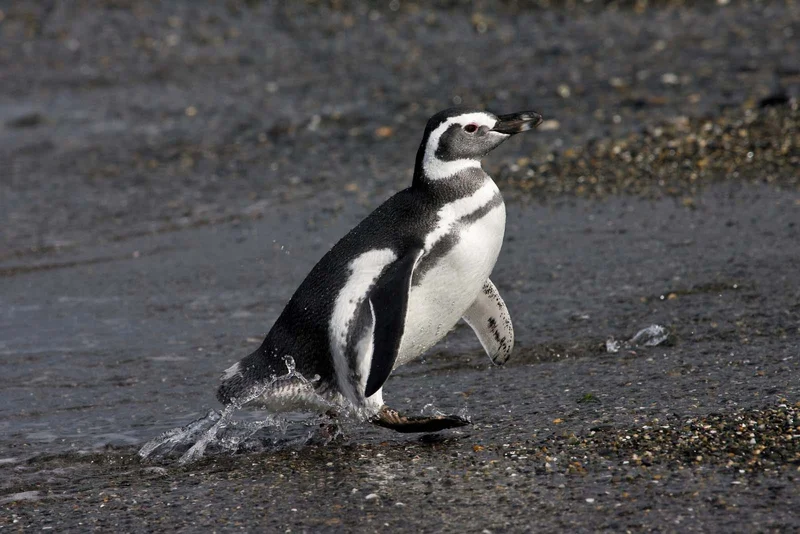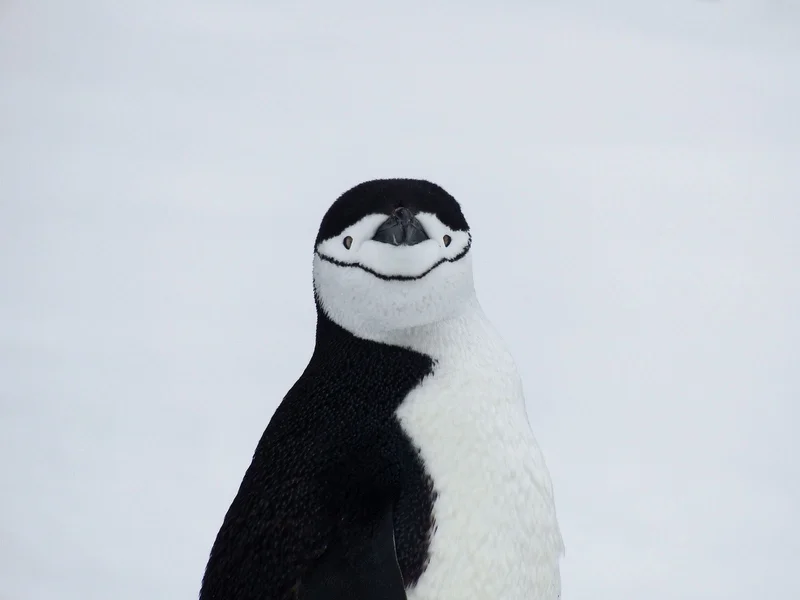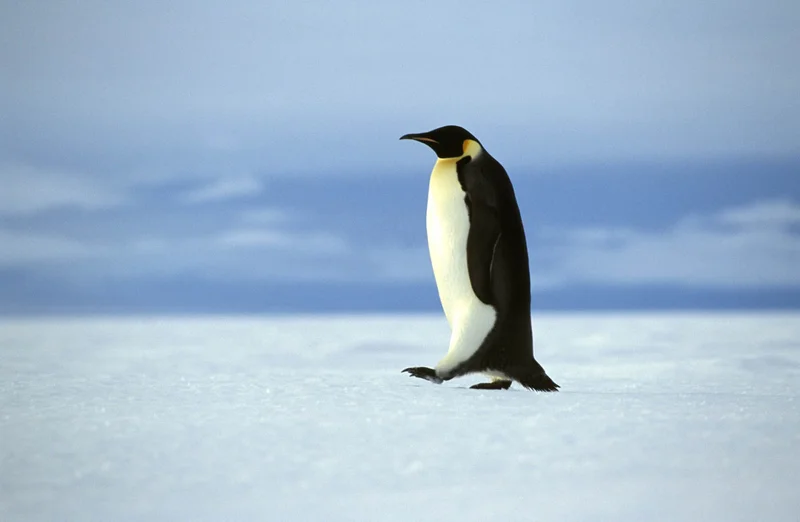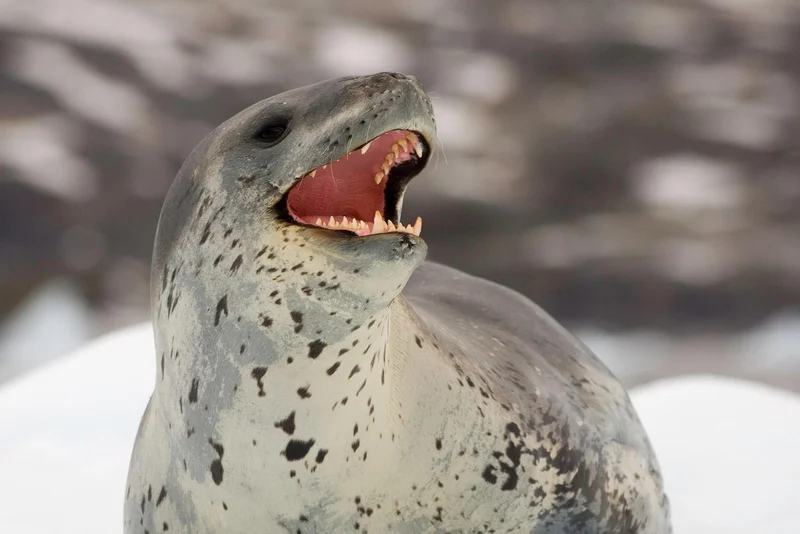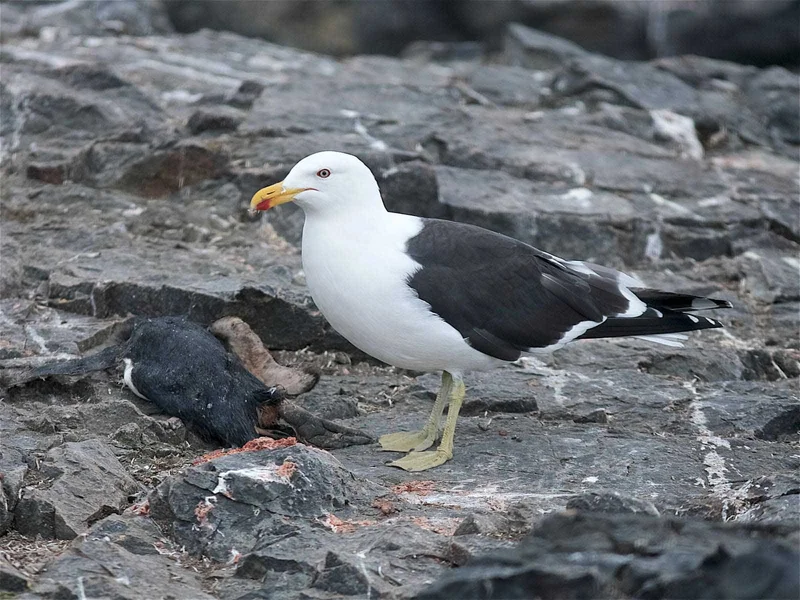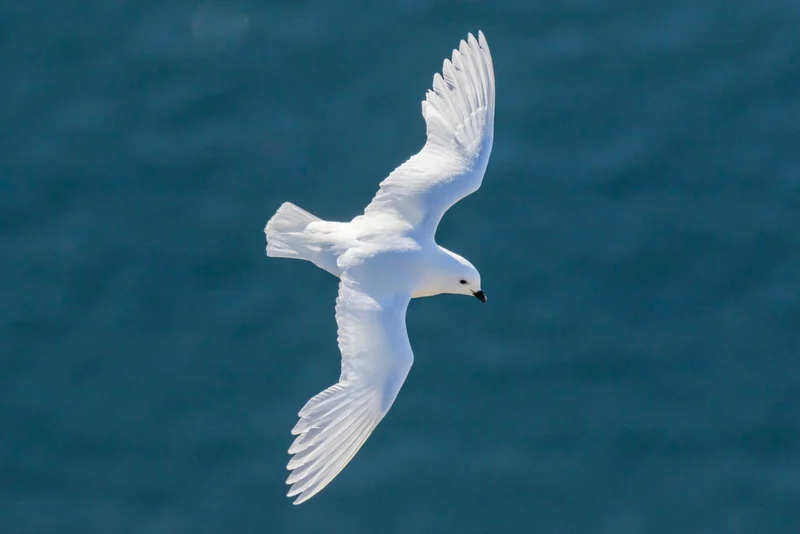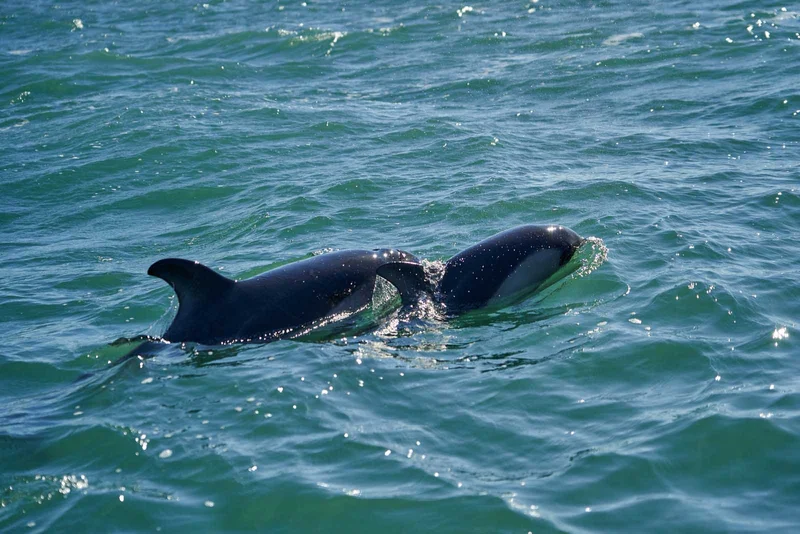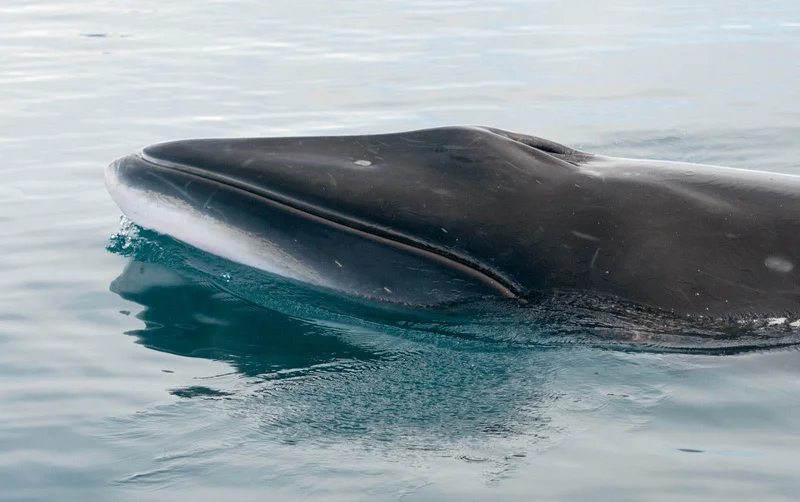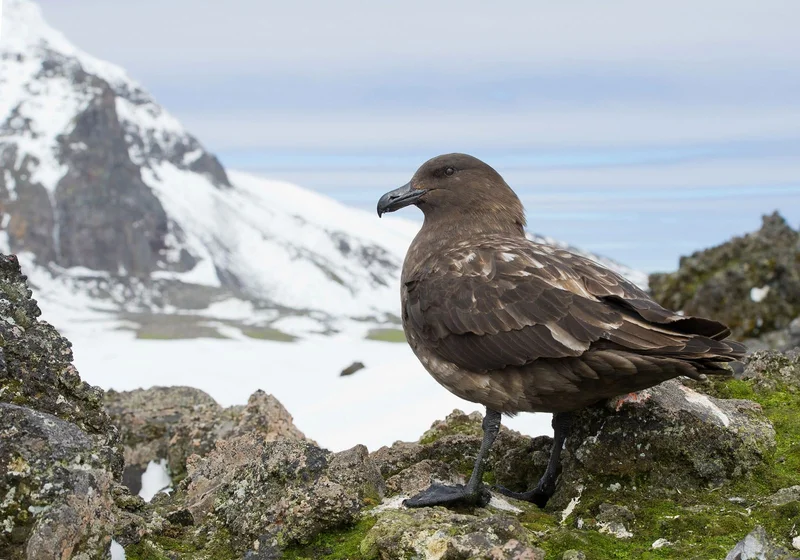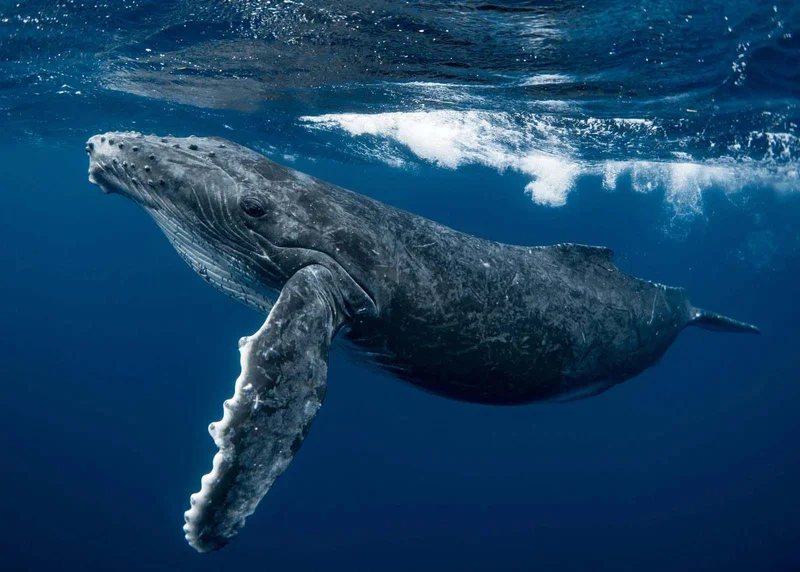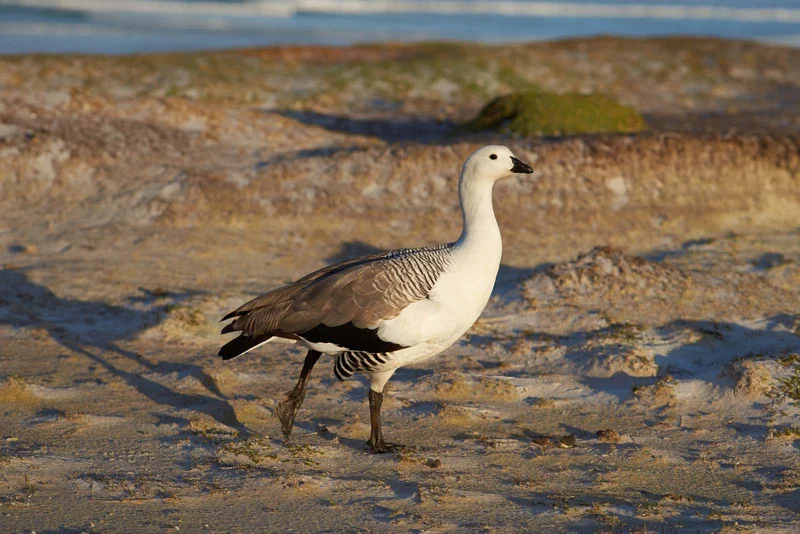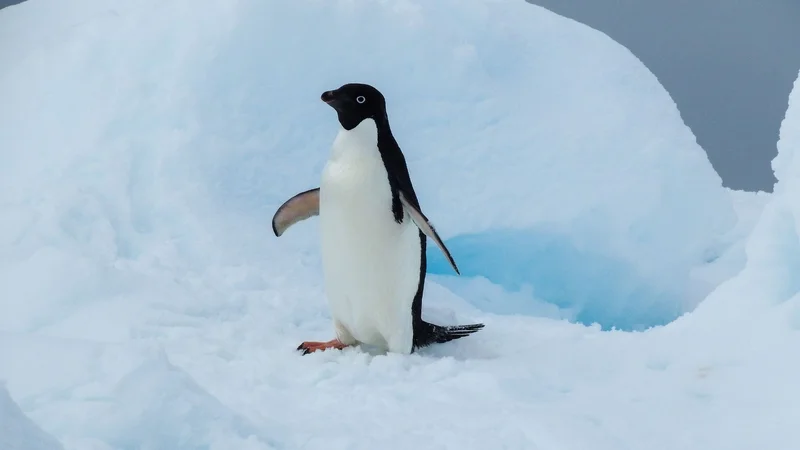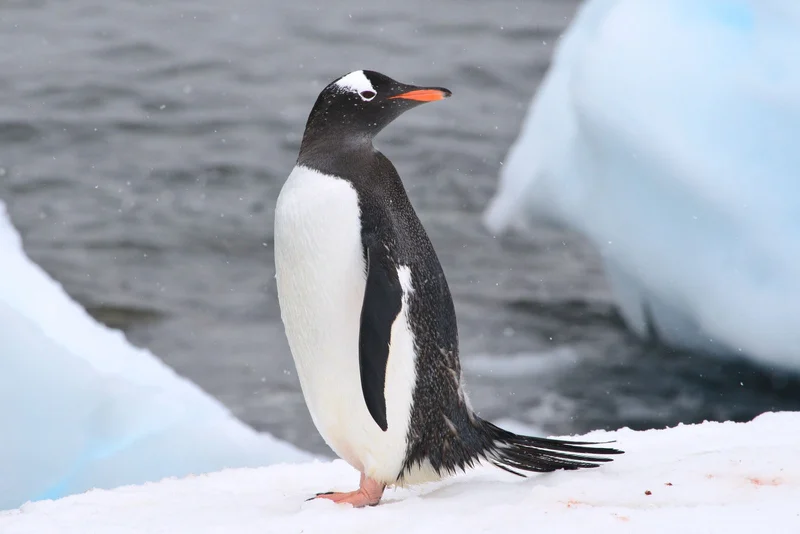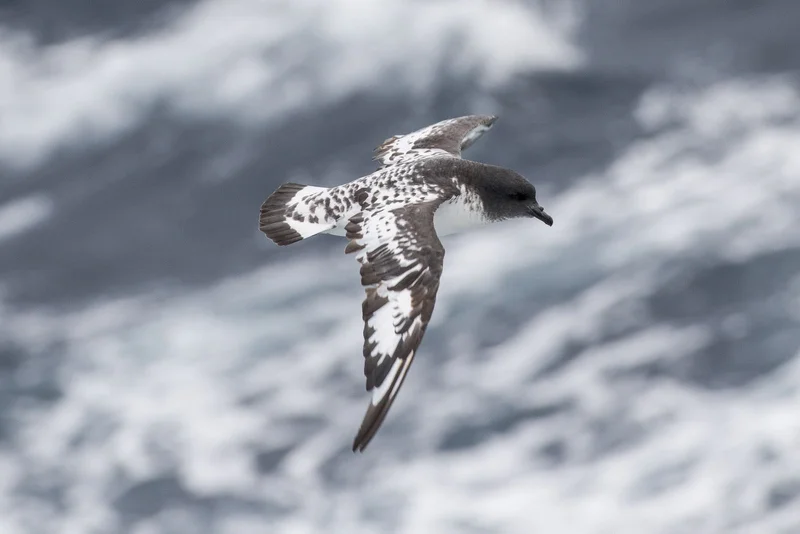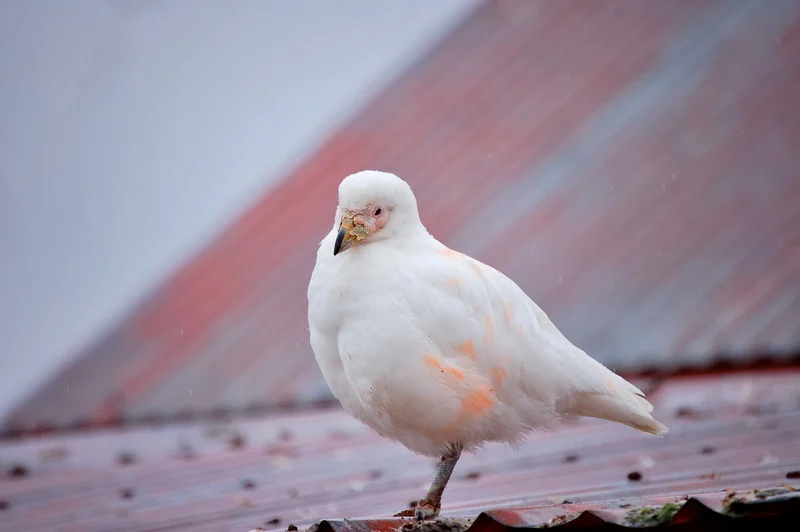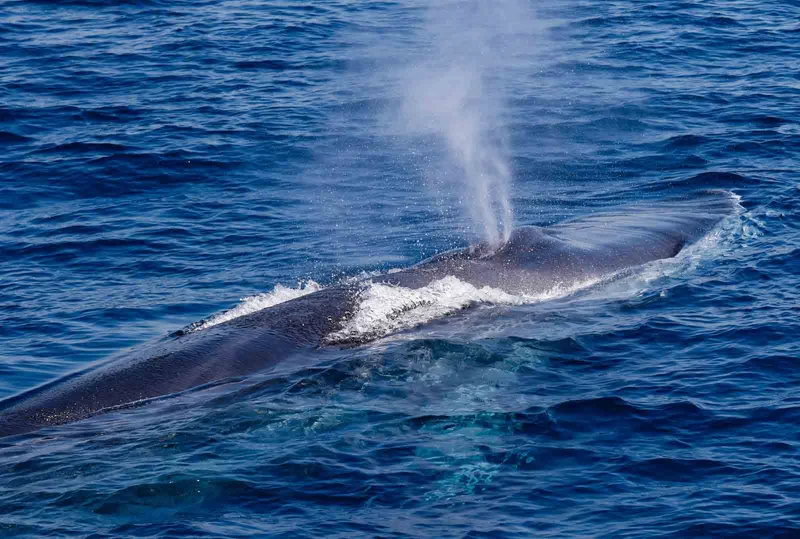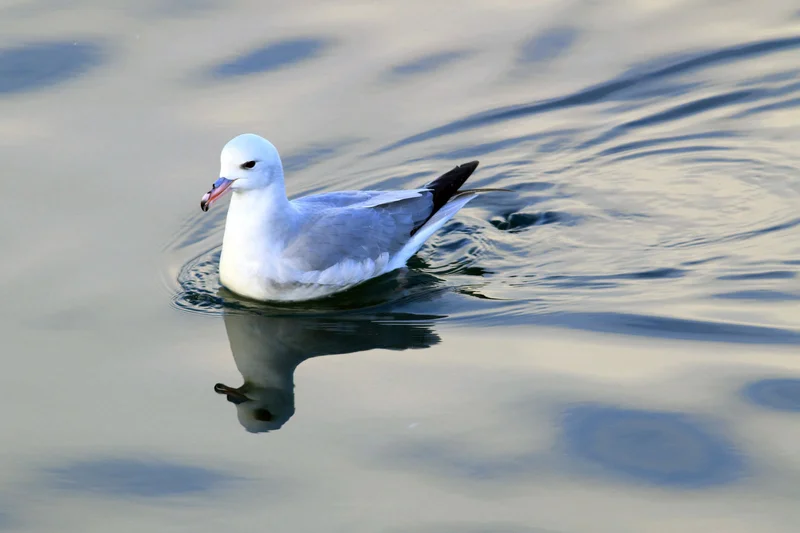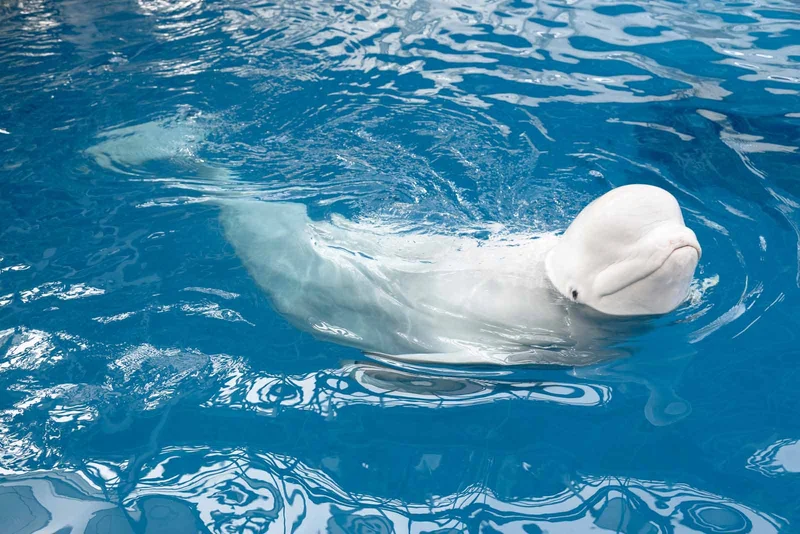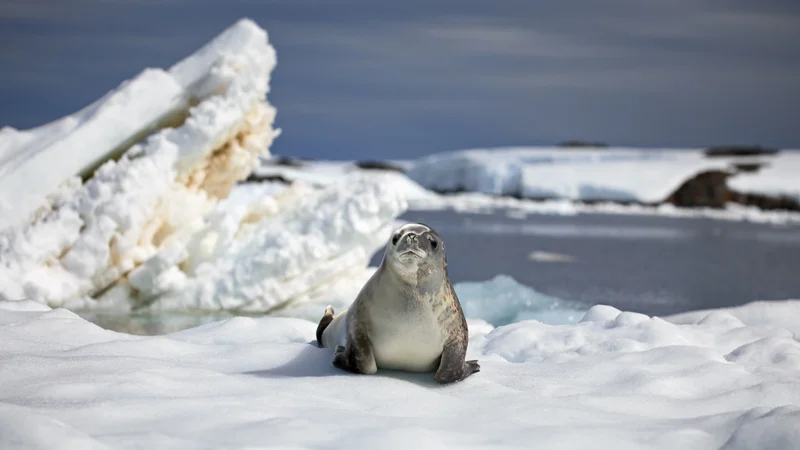Essential South Georgia Pintail Information
The South Georgia pintail, sometimes called the South Georgia teal, is a unique dabbling duck species endemic to the South Georgia archipelago and occasionally found on the South Sandwich Islands. Despite the "teal" nickname, it is not part of the teal family. The pintail was one of the first species noted by Captain James Cook during his 1775 expedition to South Georgia Island.
Habitat and Range
South Georgia pintails are primarily found in the northern parts of South Georgia, avoiding the rugged southern regions. They prefer freshwater pools surrounded by tussock grass, but are also seen in marshy wetlands, flood-prone areas, and even coastal seal wallows.
Diet and Feeding Habits
Adaptable to the island’s unpredictable environment, the South Georgia pintail has a varied diet. It feeds on vegetation, including marine algae (diving for it in calm waters), as well as small snails, clams, shrimps, and other crustaceans. These pintails are also scavengers and have been known to feed on seal carcasses when available.
Breeding Behavior
The breeding season for South Georgia pintails spans from late October to March. They nest in thick tussock grass, away from water, and return stealthily to avoid attracting predators like seabirds. Pintail mothers move their broods between ponds, with chicks foraging in the shallows while adults remain in open water.
Population and Conservation
Before South Georgia became a commercial whaling station, pintails were abundant. However, hunting by whalers and predation by introduced rats caused their numbers to drastically decline. Since the eradication of rats in 2018, the population has recovered to over 2,000 individuals, reaching the island's habitat capacity.
Interesting Facts
- Diverse Diet: South Georgia pintails have a varied diet, including vegetation, crustaceans, and even seal carcasses.
- Stealthy Return to Nests: They often land away from their nests and sneak back to avoid predators.
- Conservation Success: The pintail population has rebounded significantly following the eradication of rats on South Georgia.
